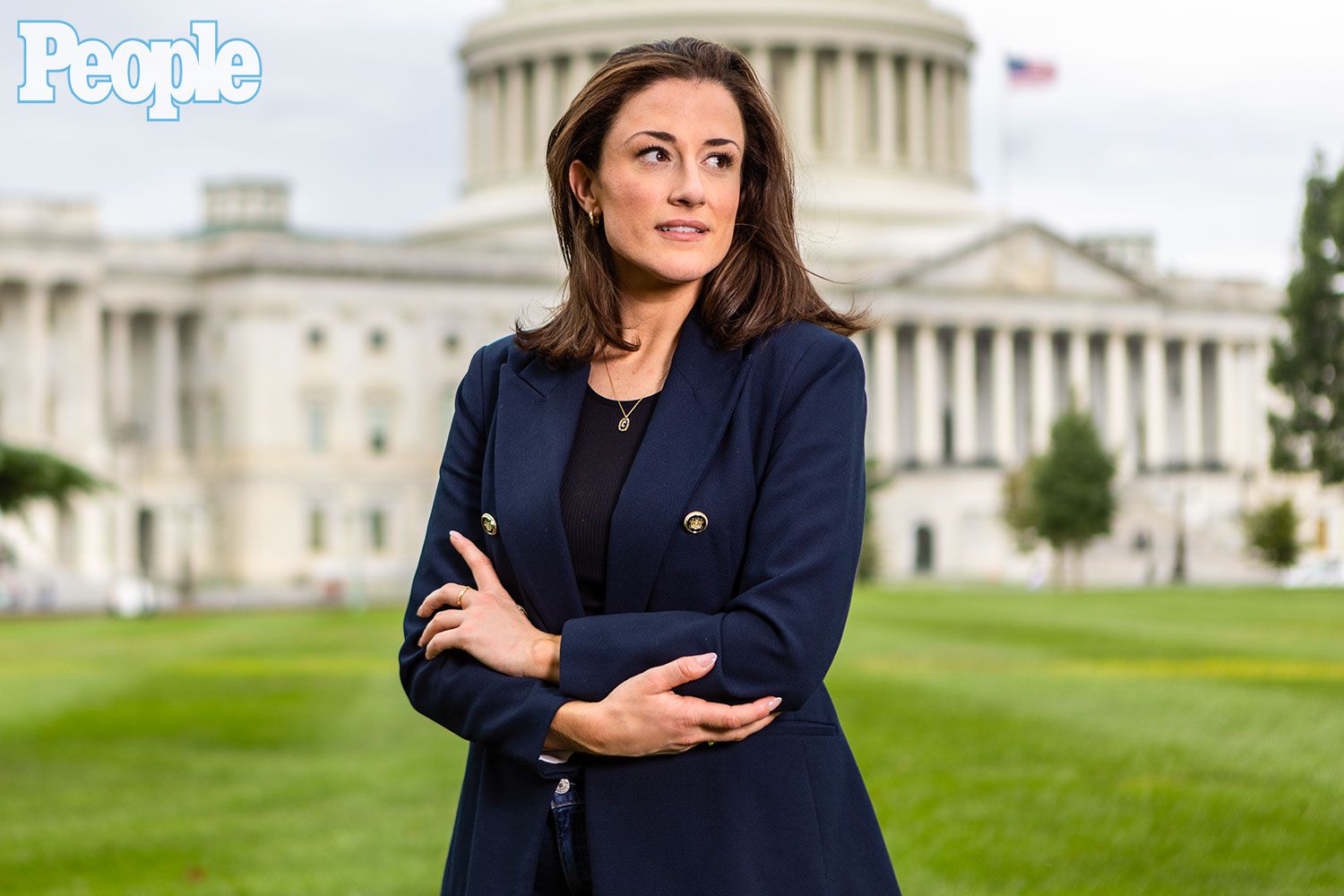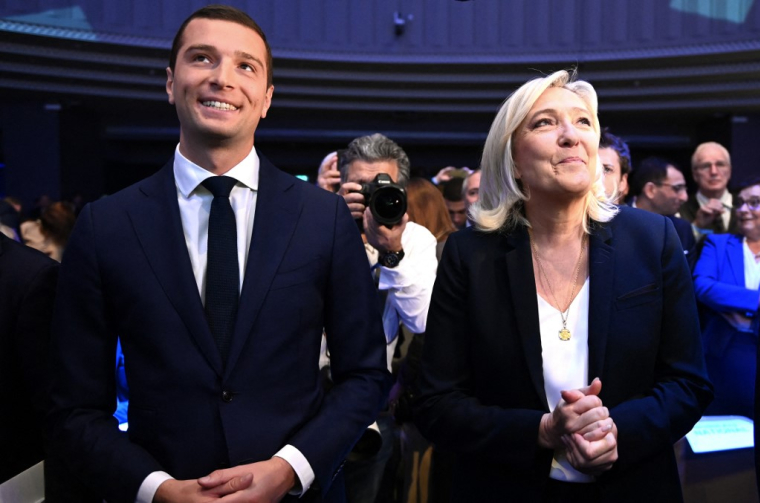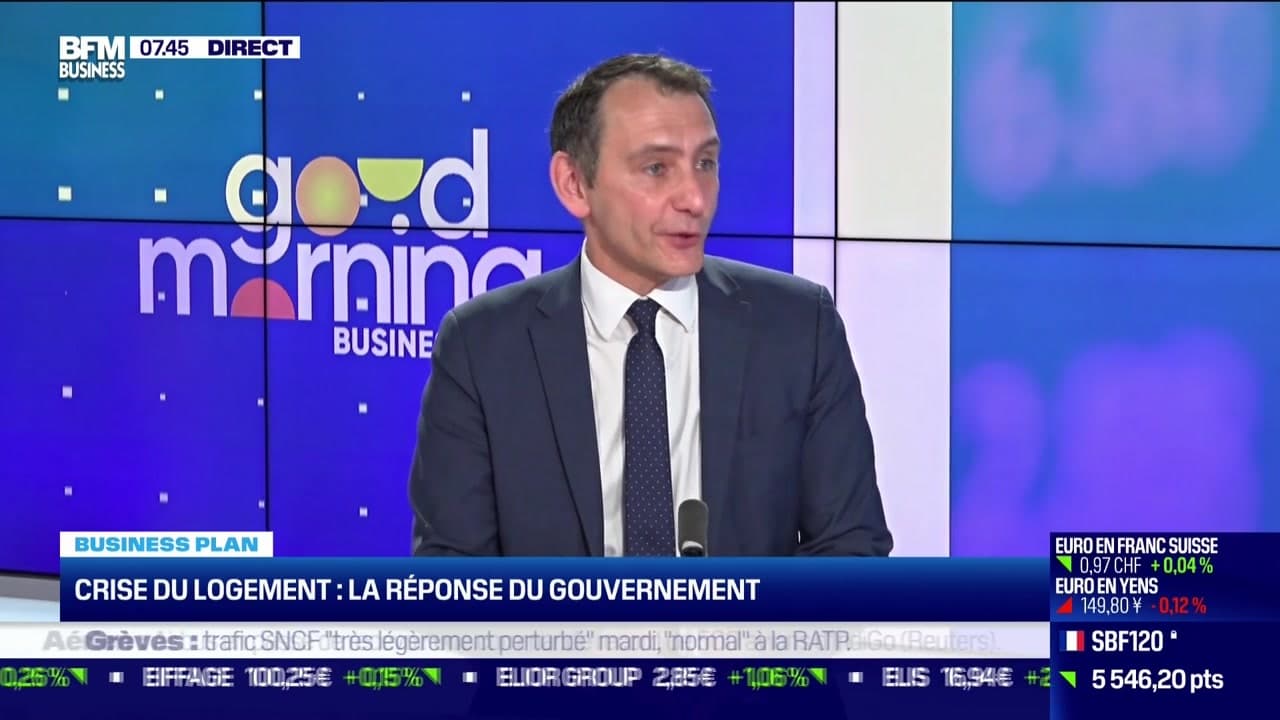The Max Payne Movie: A Case Study In Adaptation

Table of Contents
Capturing the Noir Atmosphere and Visual Style
The Max Payne games are renowned for their distinctive visual style, heavily influenced by film noir. Dark, gritty environments, stylized slow-motion sequences ("bullet time"), and a brooding color palette all contribute to the games' unique atmosphere. The movie attempted to replicate this, with varying degrees of success.
-
Cinematography and Noir Aesthetic: The film's cinematography employed a dark and desaturated color palette, utilizing chiaroscuro lighting to evoke the shadows and stark contrasts characteristic of film noir. However, critics argued that the movie sometimes relied too heavily on these stylistic elements, sacrificing clarity for atmosphere. The use of dutch angles and other cinematic techniques aimed to replicate the game's unsettling mood but didn't always land effectively.
-
Bullet Time and Slow-Motion: The game's iconic "bullet time" mechanic was a key element of its action sequences. The movie attempted to incorporate this, but the execution felt less impactful and innovative than in the game. While slow-motion was used, it lacked the strategic and stylistic flair that defined the game's combat.
-
Color Palettes and Lighting: The movie's dark, muted color palette successfully conveyed the game's bleak and gritty tone. However, the overuse of darkness in some scenes hampered visibility and occasionally made action sequences difficult to follow. The lighting, while attempting to emulate the noir aesthetic, sometimes lacked the precision and dramatic impact of the game's visual design.
-
Translating Visual Language: Ultimately, the Max Payne movie partially succeeded in translating the game's visual language to the screen. While the atmosphere was generally dark and moody, the film's reliance on stylistic elements sometimes overshadowed narrative clarity and character development. The visual elements, while reminiscent of the game, didn't fully capture the unique feel of the source material.
Adapting the Complex Narrative
The Max Payne games boast intricate, multi-layered storylines filled with mystery, betrayal, and revenge. The movie, however, significantly simplified the narrative.
-
Plot Comparison: While the movie's core plot follows a similar structure to the first Max Payne game, many subplots and character arcs were drastically altered or eliminated. The intricate mythology and details that gave the game's story depth were largely absent.
-
Narrative Simplification: The simplification of the narrative, while understandable for a feature film, resulted in a less nuanced and engaging story. Key plot points and character motivations were streamlined, reducing the complexity and intrigue of the original game.
-
Character Development: The movie's character development also suffered from the narrative simplification. While the main characters retained their basic personalities, the depth and emotional complexity of their backstories were significantly reduced. The supporting characters lacked the depth and nuance present in the games.
-
Impact of Changes: These changes, while potentially necessary for cinematic pacing, significantly altered the overall story. The movie lost much of the game's thematic weight and emotional resonance, sacrificing complexity for accessibility. This impacted the overall Max Payne movie adaptation success.
The Role of Action Sequences
Action is a cornerstone of both the Max Payne games and the movie. The movie attempted to replicate the visceral combat and stylized action of the games, but with mixed results.
-
Game vs. Movie Action: While the movie featured intense action sequences, they lacked the strategic depth and player agency inherent in the game's combat. The cinematic action scenes, though well-choreographed, felt less dynamic and less satisfying than the controlled chaos of the game's gunfights.
-
Slow-Motion and Cinematic Techniques: The use of slow-motion in the movie's action sequences attempted to replicate the game's "bullet time," but the execution lacked the strategic precision and impact of the original. The slow-motion sequences, while visually appealing, sometimes detracted from the clarity and flow of the action.
-
Capturing the Visceral Feel: The movie aimed to capture the visceral feel of the game's combat, but it fell short in replicating the intensity and impact. The game's blend of realistic gunplay and supernatural elements was not fully translated to the screen.
Critical and Commercial Reception of the Max Payne Movie
Analyzing the film's critical and commercial reception provides valuable insight into its overall success (or lack thereof) as a video game adaptation.
-
Critical Response: The Max Payne movie received largely negative reviews from critics, citing issues with the simplified plot, underdeveloped characters, and inconsistent tone. Many critics felt that the film failed to capture the essence of the game it was based on.
-
Box Office Performance: The film had moderate box office success, but failed to meet expectations, particularly considering the popularity of the game franchise. This suggests that while the Max Payne movie adaptation was commercially viable, it did not translate the game's success to the big screen.
-
Audience Reception: While audience reception was varied, many felt the movie fell short of expectations, finding the plot shallow and the characters unconvincing. This further highlights the challenges of successfully adapting a complex video game narrative into a film.
Lessons Learned for Future Video Game Adaptations
The Max Payne movie adaptation, despite its commercial viability, provides valuable lessons for future video game-to-film projects.
-
Key Factors of Success and Failure: The film's success in capturing the visual style, while partially successful, highlights the importance of faithfully representing the game's atmosphere. However, its failure to adapt the complex narrative and characters underscores the challenges of condensing a rich game story into a feature-length film.
-
Best Practices for Adaptation: Future adaptations should prioritize a deeper understanding of the source material, balancing faithfulness to the game's core elements with the demands of cinematic storytelling. A delicate balance between retaining game elements and crafting a cohesive narrative is crucial.
-
Suggestions for Future Adaptations: Future video game adaptations should focus on crafting compelling narratives that stand on their own while respecting the essence of the source material. Focusing on strong character development and maintaining the thematic weight of the game is essential to create successful video game movie adaptations.
Conclusion
The Max Payne movie adaptation presents a multifaceted case study in the challenges and triumphs of translating a video game to film. While commercially successful to an extent, its mixed critical and audience reception highlights the importance of finding the right balance between respecting source material and effectively translating the game's unique elements to the cinematic medium. Its success in visual elements was partly offset by its failure to effectively adapt the complex narrative and characters. By examining both the successes and shortcomings of the Max Payne movie adaptation, filmmakers can gain invaluable insights into creating more effective and enjoyable video game movie adaptations in the future. If you are interested in learning more about video game adaptations, further research into the complexities of the Max Payne movie adaptation and similar projects will provide additional context and understanding.

Featured Posts
-
 American Music Awards 2024 Benson Boone And Lainey Wilson Set To Perform
May 27, 2025
American Music Awards 2024 Benson Boone And Lainey Wilson Set To Perform
May 27, 2025 -
 What To Stream This Weekend Nine Perfect Strangers Siren And More
May 27, 2025
What To Stream This Weekend Nine Perfect Strangers Siren And More
May 27, 2025 -
 Cassidy Hutchinsons Memoir Key Jan 6 Hearing Witness To Tell All This Fall
May 27, 2025
Cassidy Hutchinsons Memoir Key Jan 6 Hearing Witness To Tell All This Fall
May 27, 2025 -
 Gucci 838949 Faev 58460 Re Web Gradient Blue Gg Supreme Handbag Details And Release Date
May 27, 2025
Gucci 838949 Faev 58460 Re Web Gradient Blue Gg Supreme Handbag Details And Release Date
May 27, 2025 -
 Garantiyi Bezpeki Dlya Ukrayini Shlyakh Do Nato Za Pidtrimki Nimechchini
May 27, 2025
Garantiyi Bezpeki Dlya Ukrayini Shlyakh Do Nato Za Pidtrimki Nimechchini
May 27, 2025
Latest Posts
-
 Presidentielle 2027 Jacobelli Accuse Un Blocage De La Candidature De Marine Le Pen
May 30, 2025
Presidentielle 2027 Jacobelli Accuse Un Blocage De La Candidature De Marine Le Pen
May 30, 2025 -
 Laurent Jacobelli Un Portrait Du Depute De La Moselle A L Assemblee Nationale
May 30, 2025
Laurent Jacobelli Un Portrait Du Depute De La Moselle A L Assemblee Nationale
May 30, 2025 -
 Hanouna Le Pen Et 2027 Jacobelli Affirme Une Volonte D Empecher Sa Candidature
May 30, 2025
Hanouna Le Pen Et 2027 Jacobelli Affirme Une Volonte D Empecher Sa Candidature
May 30, 2025 -
 Biographie Et Actions De Laurent Jacobelli Depute Rn De La Moselle
May 30, 2025
Biographie Et Actions De Laurent Jacobelli Depute Rn De La Moselle
May 30, 2025 -
 Exclusion De Marine Le Pen En 2027 Les Declarations Alarmantes De Laurent Jacobelli
May 30, 2025
Exclusion De Marine Le Pen En 2027 Les Declarations Alarmantes De Laurent Jacobelli
May 30, 2025
